National Poll Shows Hunters & Anglers Support Conservation
Our partners at the Theodore Roosevelt Conservation Partnership recently released results from a nationwide survey of hunters and anglers on key conservation issues. The results show that sportsmen and women care deeply about habitat quality and public lands, and on a bipartisan basis - a perspective that hopefully will inform the Trump Administration and decision-makers in Congress as they take up issues affecting water quality, public lands, and conservation funding. A few of the key findings in the survey include:
- Four in five sportsmen support Clean Water Act protection for small headwater streams and wetlands - at a time when EPA is looking at whether to keep such waterways under the Act's protection
- 77% of Republican sportsmen and 80% of Democratic sportsmen support keeping the number and size of National Monuments that have protected lands for hunting and fishing - making sportsmen a key voice as the Interior Department reviews those monument designation
- 80% of Republican sportsmen and 77% of Democractic sportsmen want to see fees from offshore drilling used for conservation and access to public lands
You can click below to visit TRCP's interactive page with details from the survey, including downloadable PDF summaries on different survey topics.
http://www.trcp.org/trcp-national-sportsmens-survey/

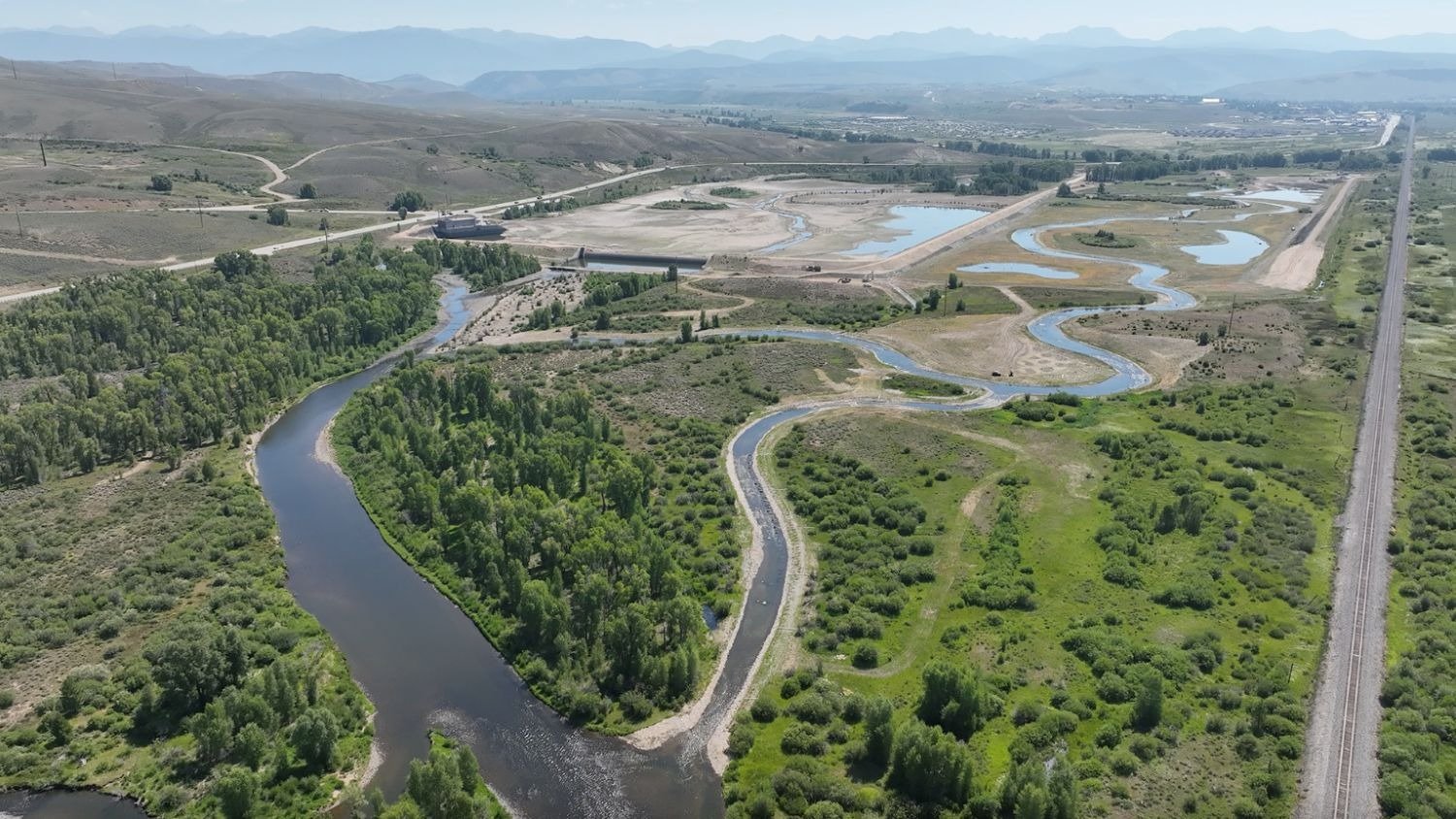




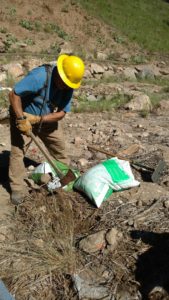
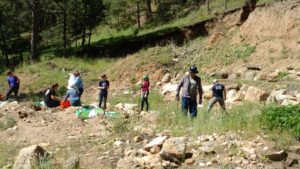

 CPW set up at the Zimmerman Lake inlet to capture spawning Greenbacks.
CPW set up at the Zimmerman Lake inlet to capture spawning Greenbacks. Fish were collected with a large net and put into a pen to be sorted and categorized by CPW staff and volunteers.
Fish were collected with a large net and put into a pen to be sorted and categorized by CPW staff and volunteers.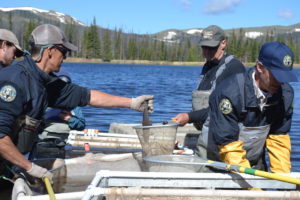 Fish were sorted based on their gender and stocking year.
Fish were sorted based on their gender and stocking year.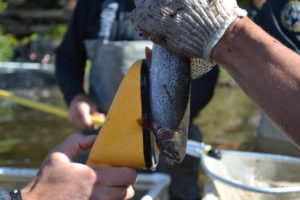 RFID chips in the fish help to identify the stocking year and other critical data.
RFID chips in the fish help to identify the stocking year and other critical data.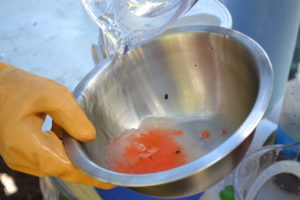 After the fish were sorted, CPW milked the males and females - making targeted genetic crosses among the various lineages to expand the genetic diversity. The eggs and sperm were combined in bowls, packed into small coolers, put on ice, and shipped to the local fish hatchery in Leadville, CO for breeding.
After the fish were sorted, CPW milked the males and females - making targeted genetic crosses among the various lineages to expand the genetic diversity. The eggs and sperm were combined in bowls, packed into small coolers, put on ice, and shipped to the local fish hatchery in Leadville, CO for breeding.
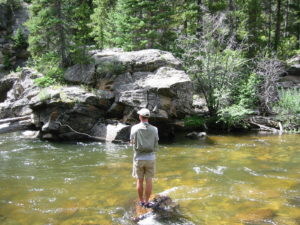 I’ve really started to love high alpine lakes, particularly backpacking into them. The solitude and natural beauty always recharges my batteries. Plus I have learned enough to usually catch some wild trout for supper. My favorite river fishing is on a stretch of the Colorado River, where my brother and I catch 18-20+ inch rainbow and brown trout. I will leave that stretch unidentified per my brother’s request.
I’ve really started to love high alpine lakes, particularly backpacking into them. The solitude and natural beauty always recharges my batteries. Plus I have learned enough to usually catch some wild trout for supper. My favorite river fishing is on a stretch of the Colorado River, where my brother and I catch 18-20+ inch rainbow and brown trout. I will leave that stretch unidentified per my brother’s request.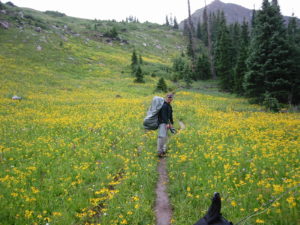 Since moving into the mountains, I have started a new career in elder care, trying to keep folks in their homes. A new focus of my fishing is the 9 wt rod I recently purchased. I’m getting into kayak fly fishing for larger fish in the Florida flats and will be fishing for some pike this summer on the Rio Grande. Love new adventures.
Since moving into the mountains, I have started a new career in elder care, trying to keep folks in their homes. A new focus of my fishing is the 9 wt rod I recently purchased. I’m getting into kayak fly fishing for larger fish in the Florida flats and will be fishing for some pike this summer on the Rio Grande. Love new adventures.
